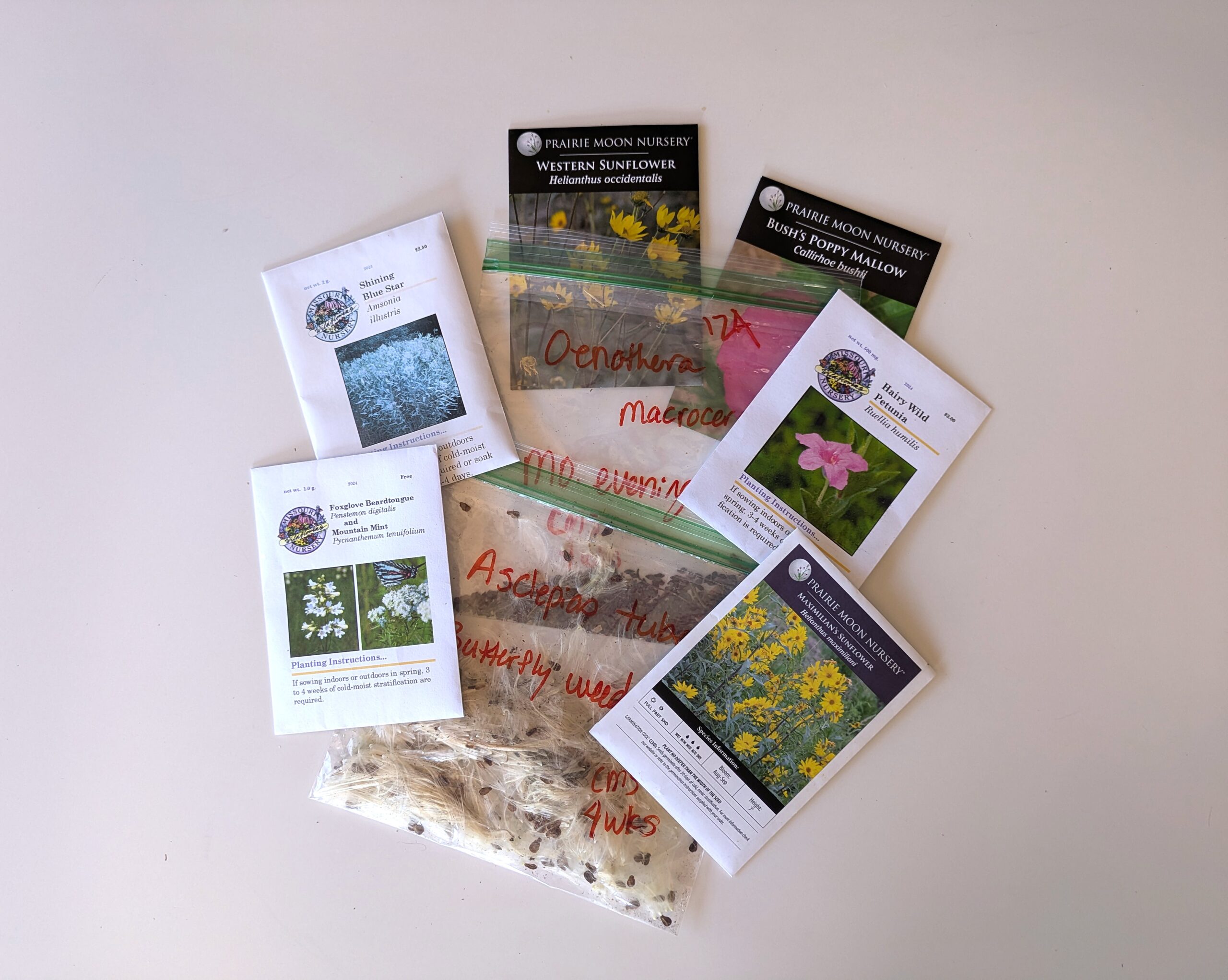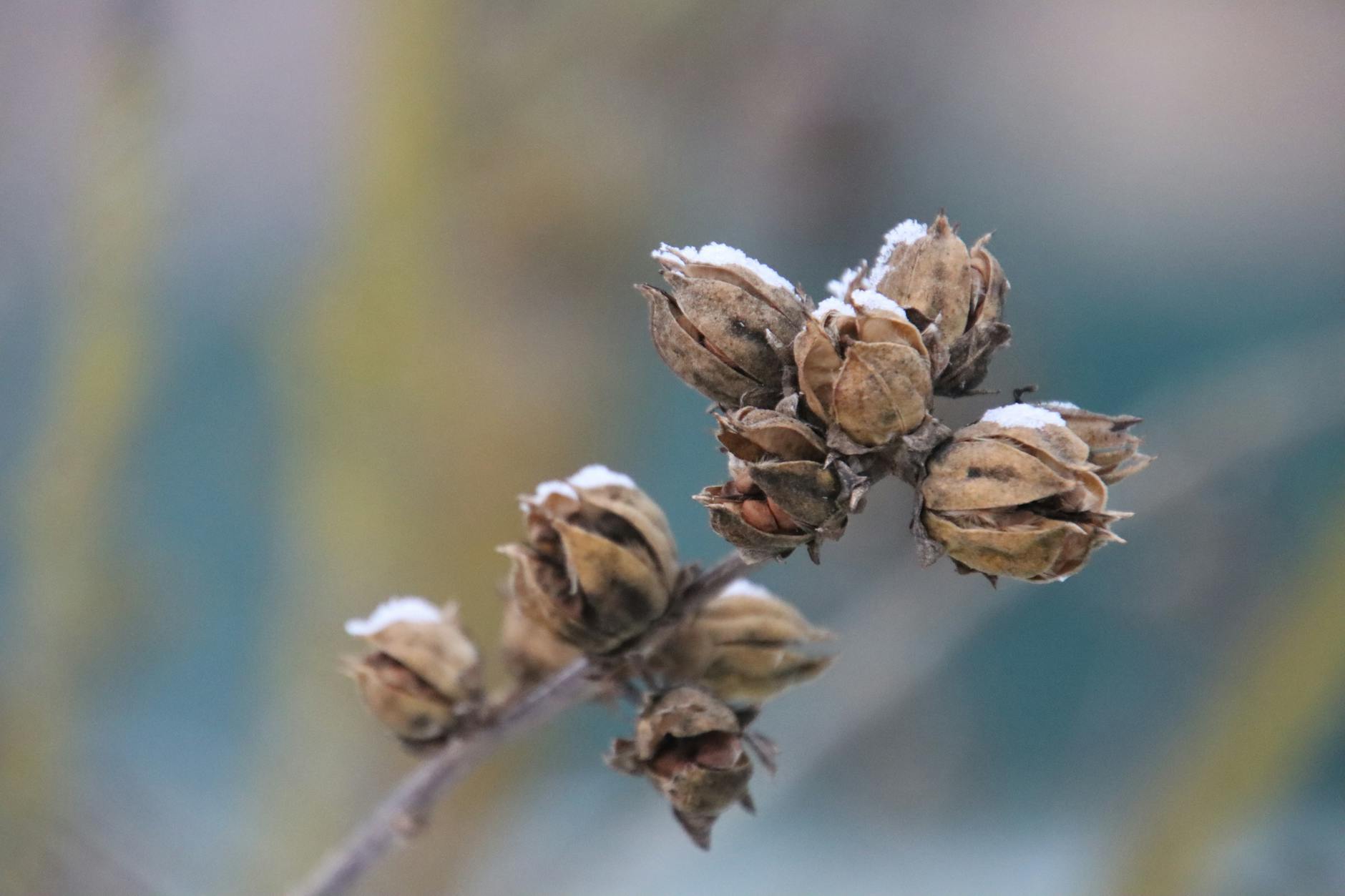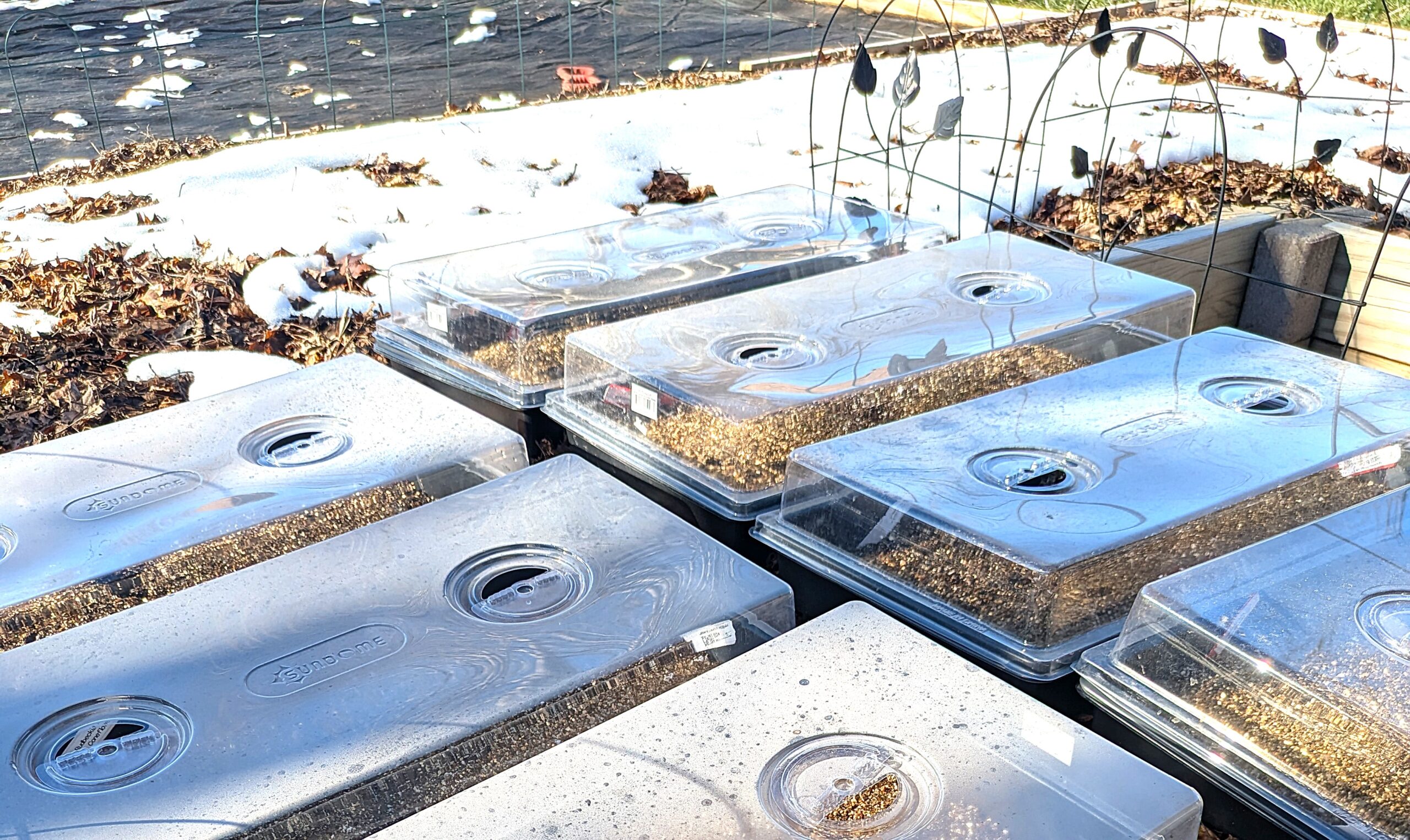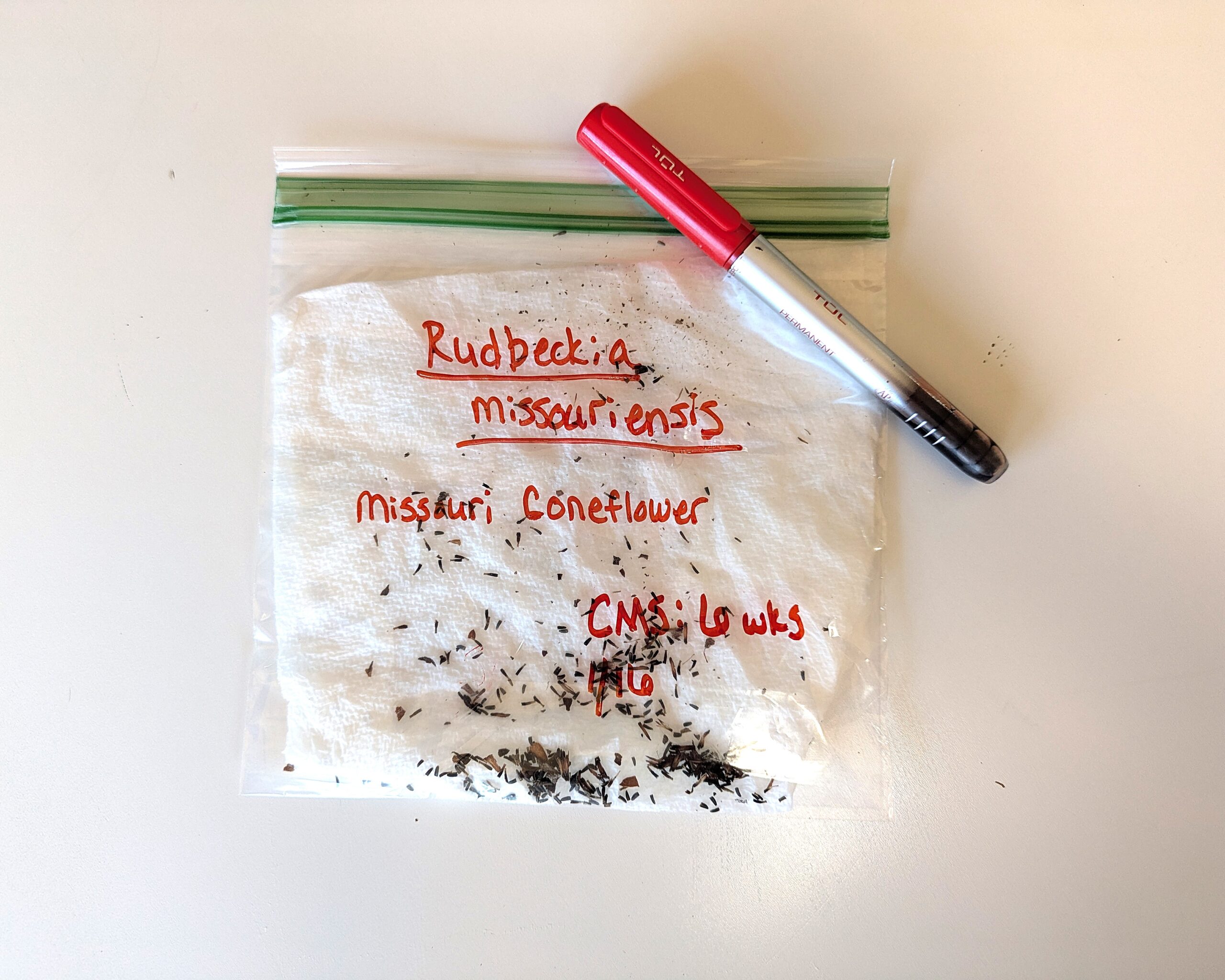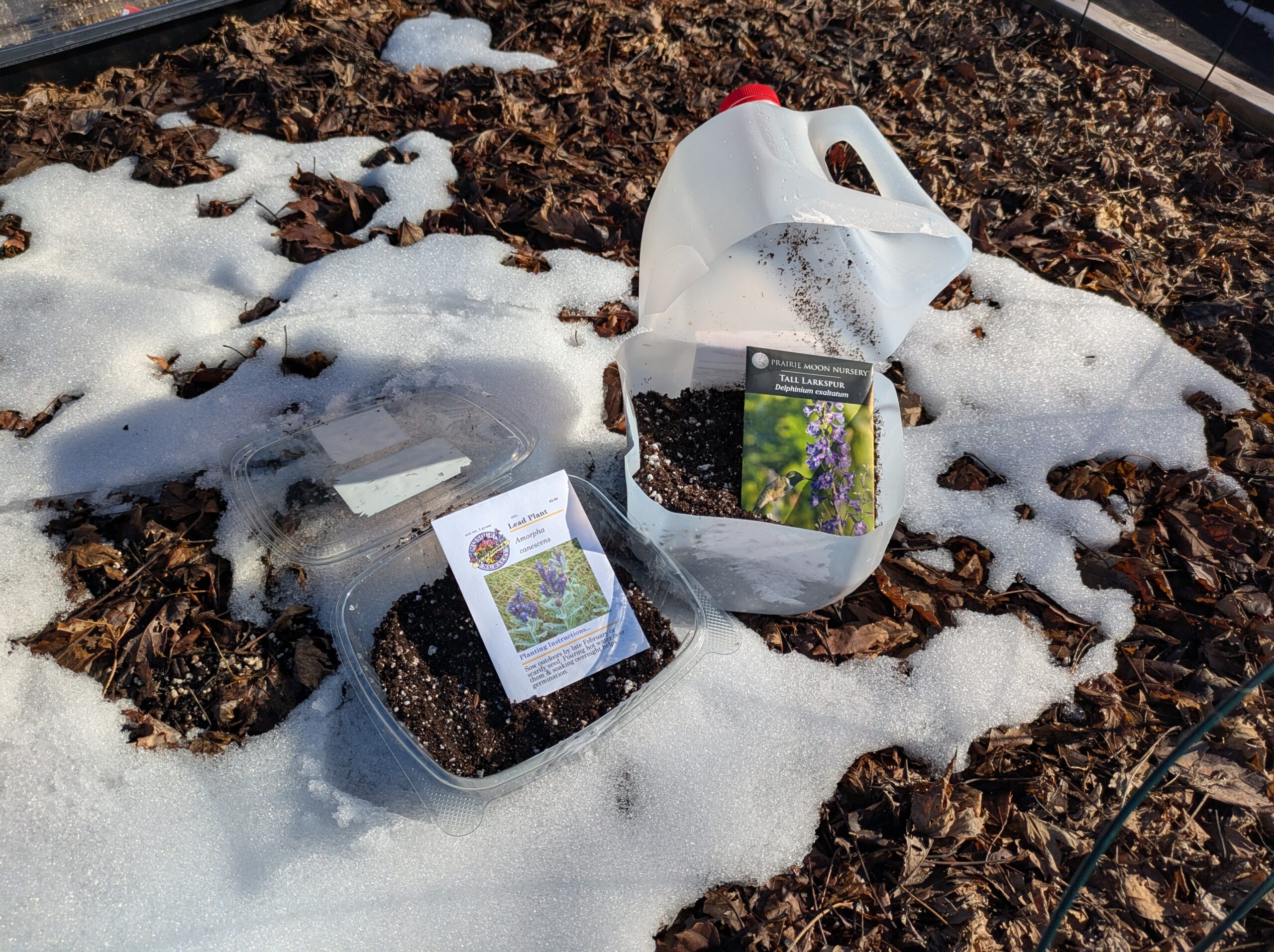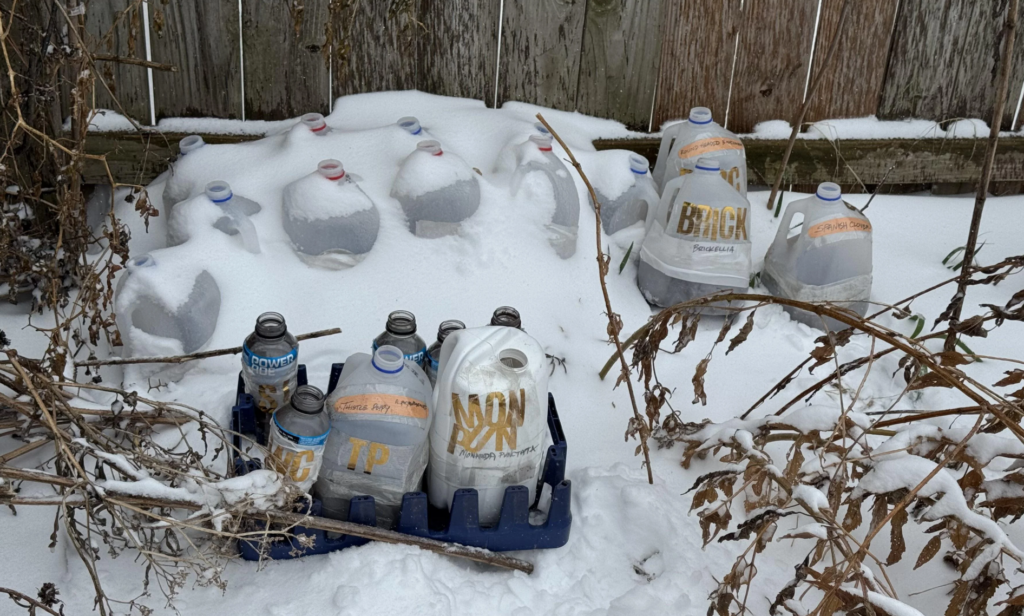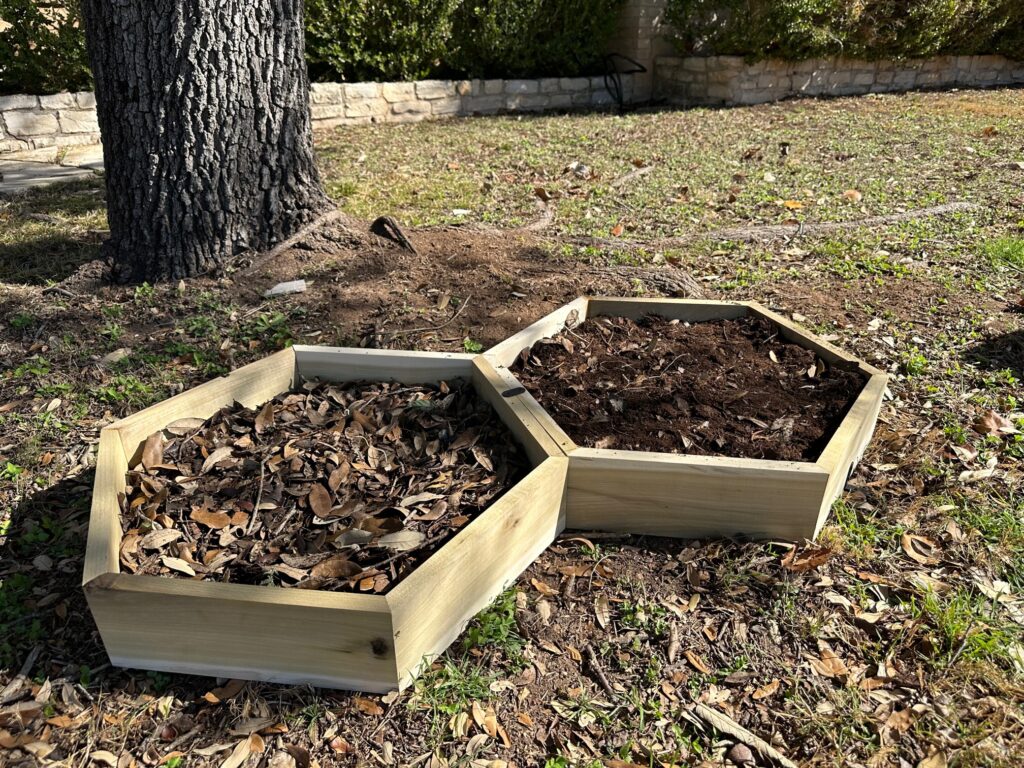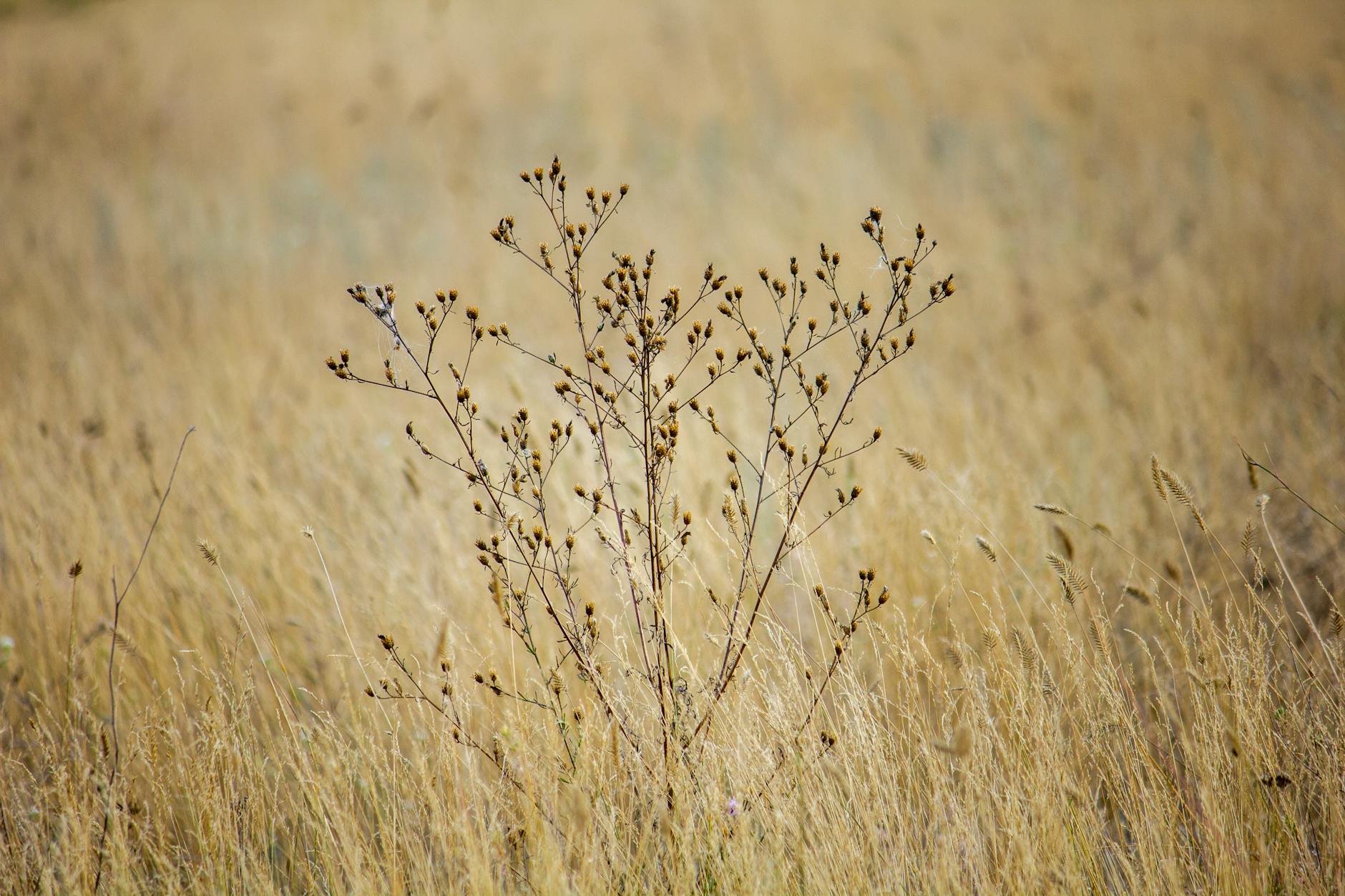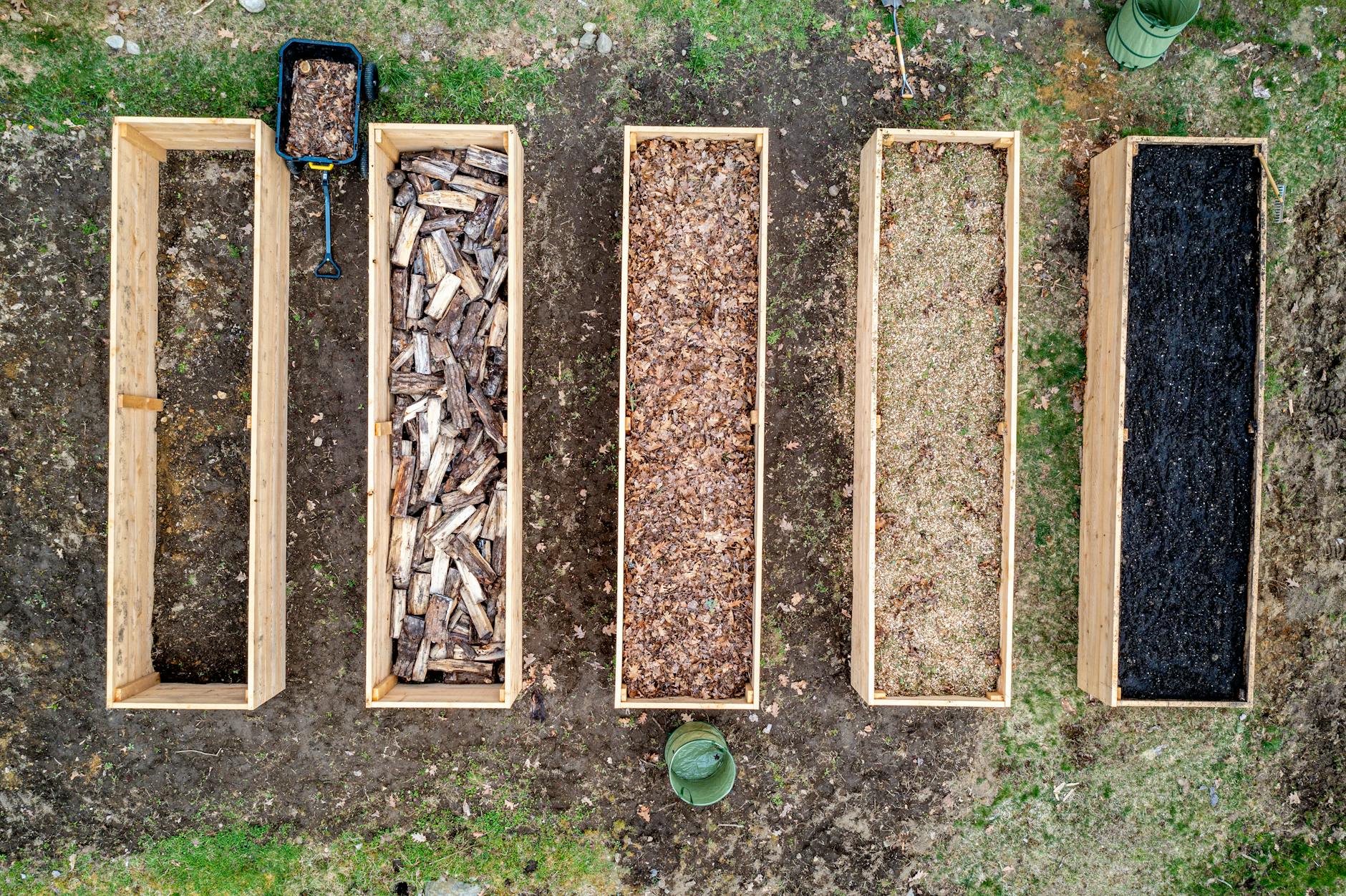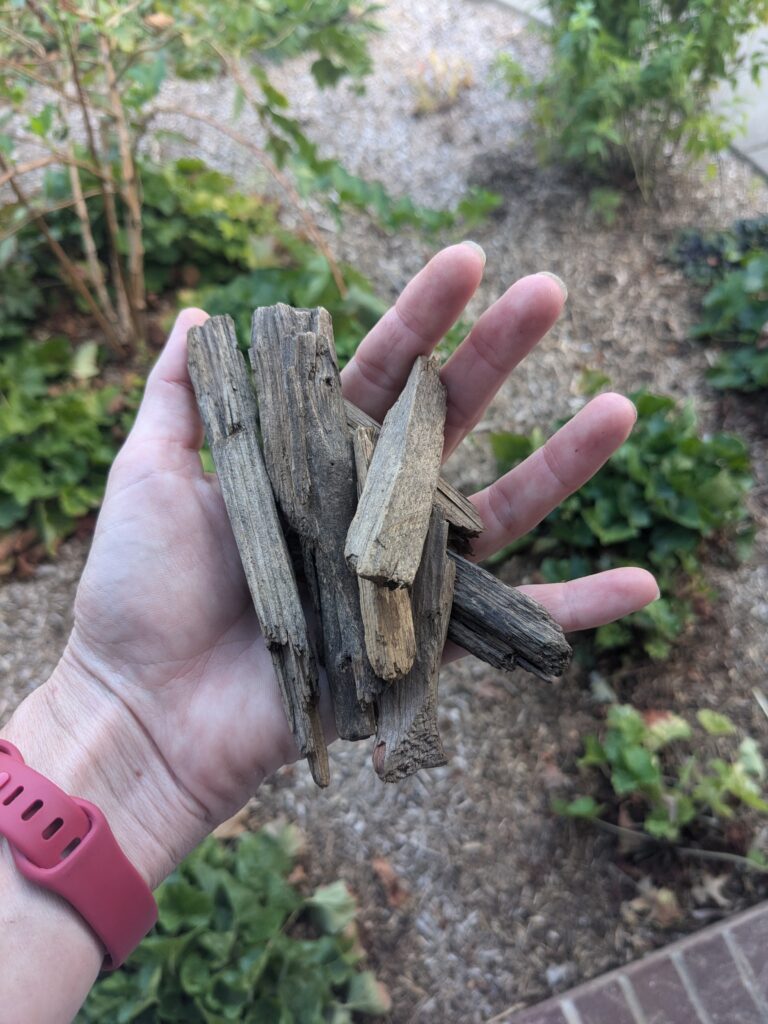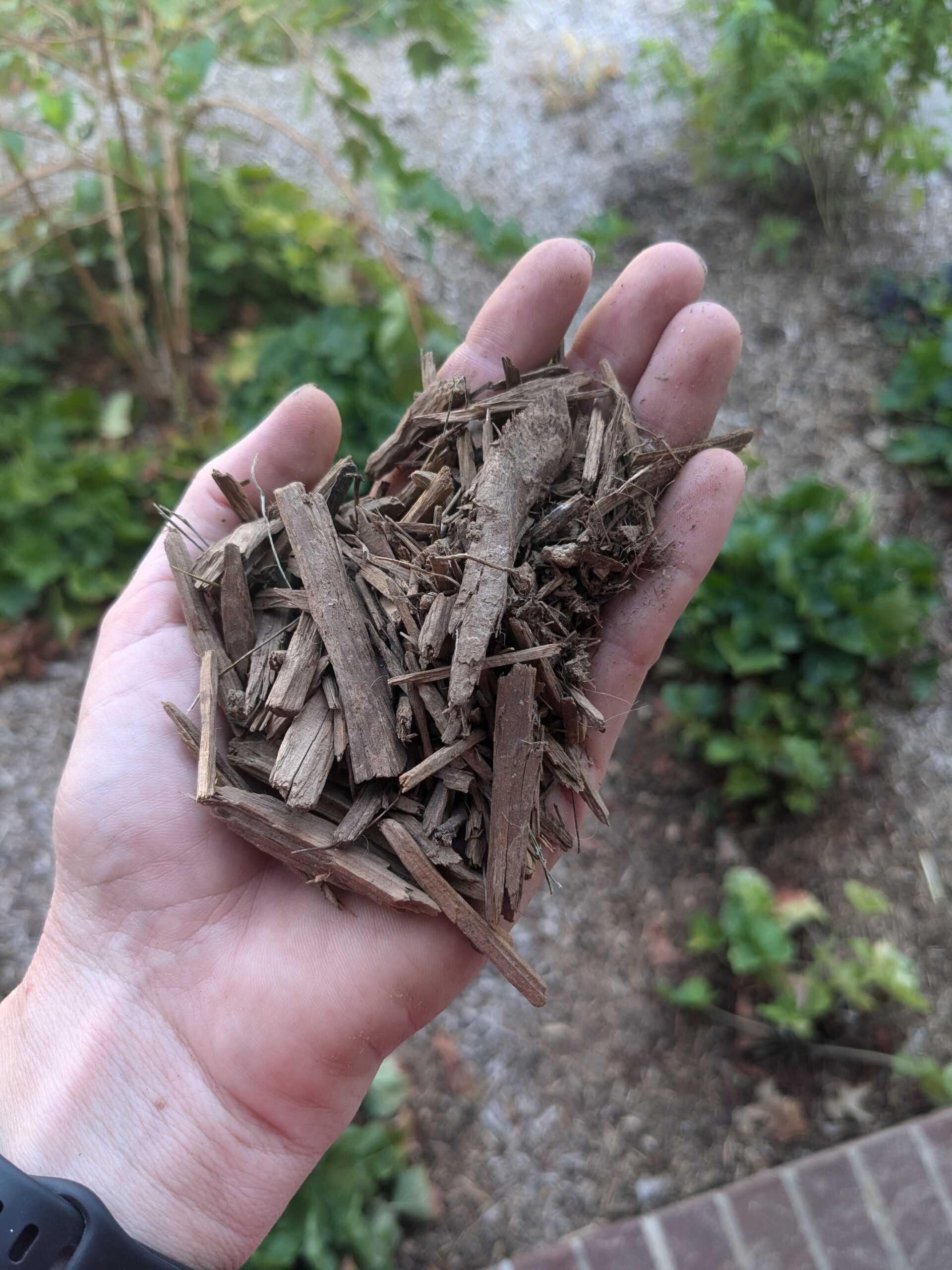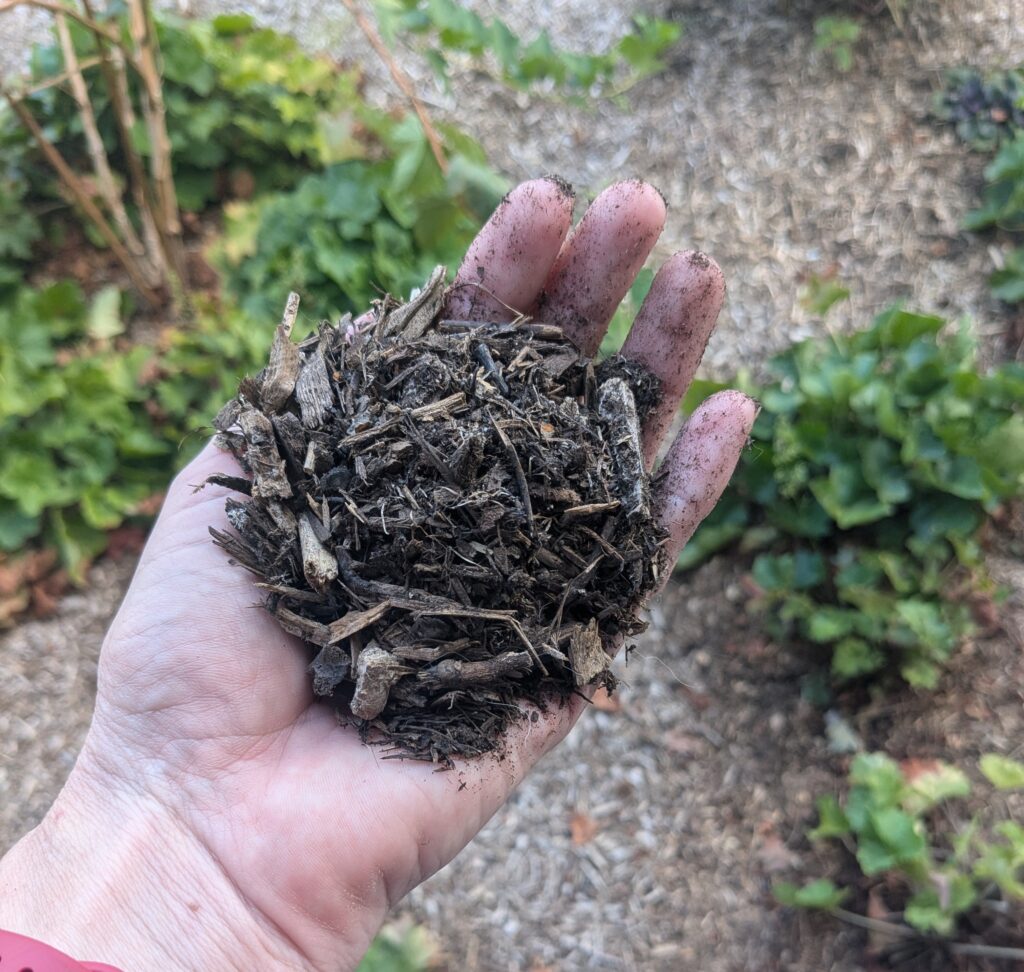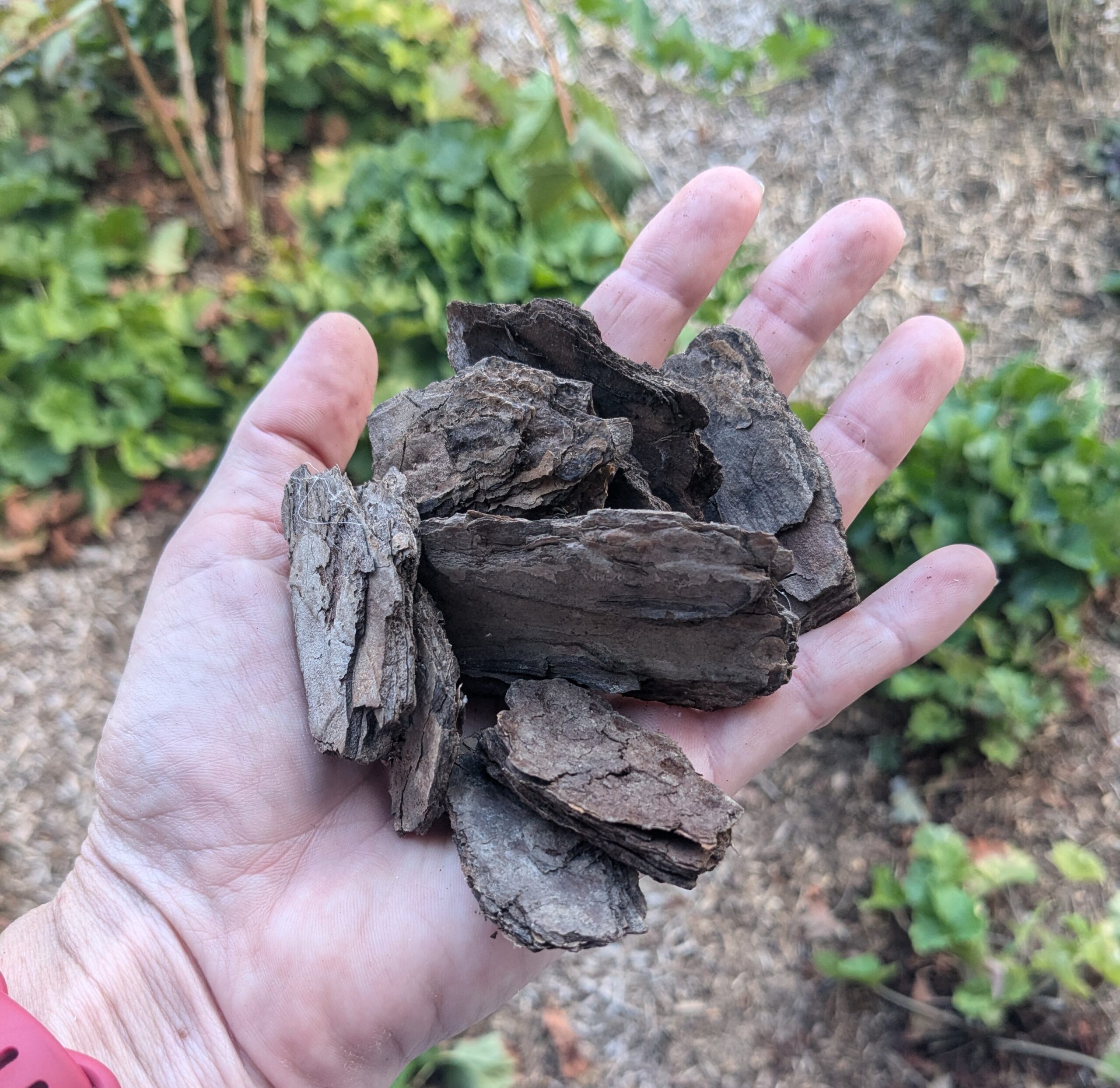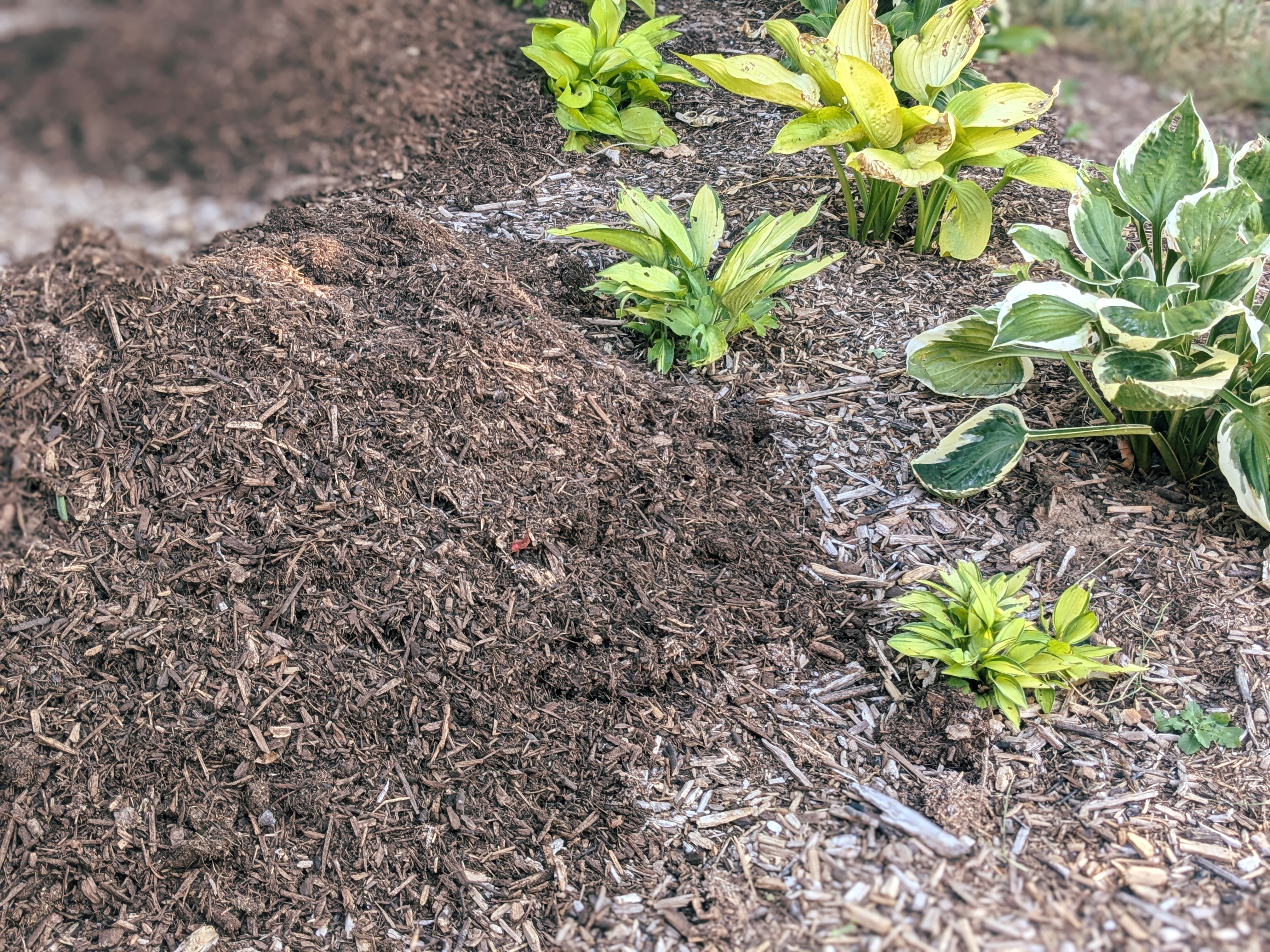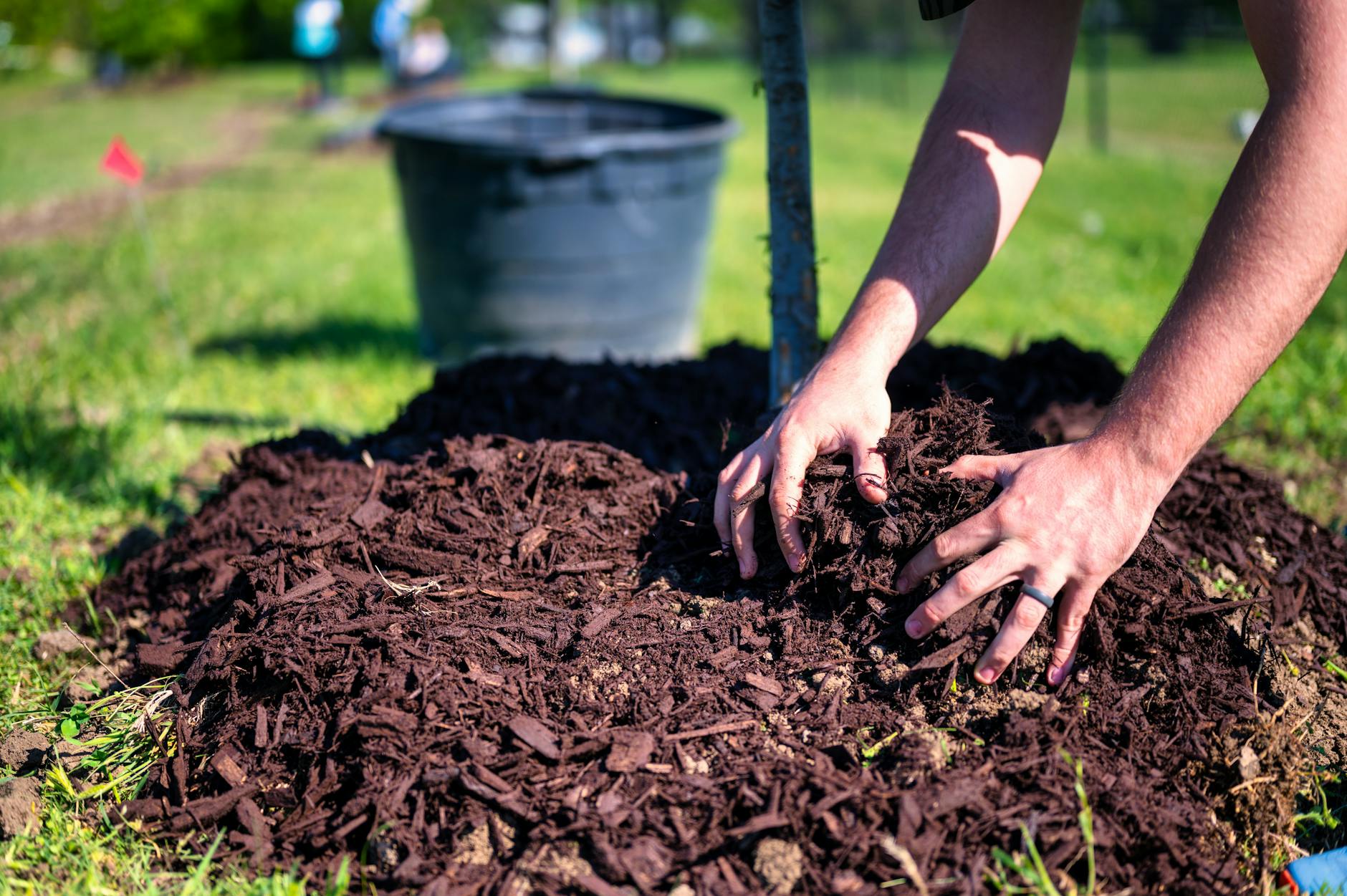{3 minute read}
A few weeks ago, I found myself hauling and stacking invasive brush alongside the City of Springfield and the Master Gardeners of Greene County. It was rewarding work, but what stuck with me most was meeting someone whose efforts I had unknowingly admired for years.
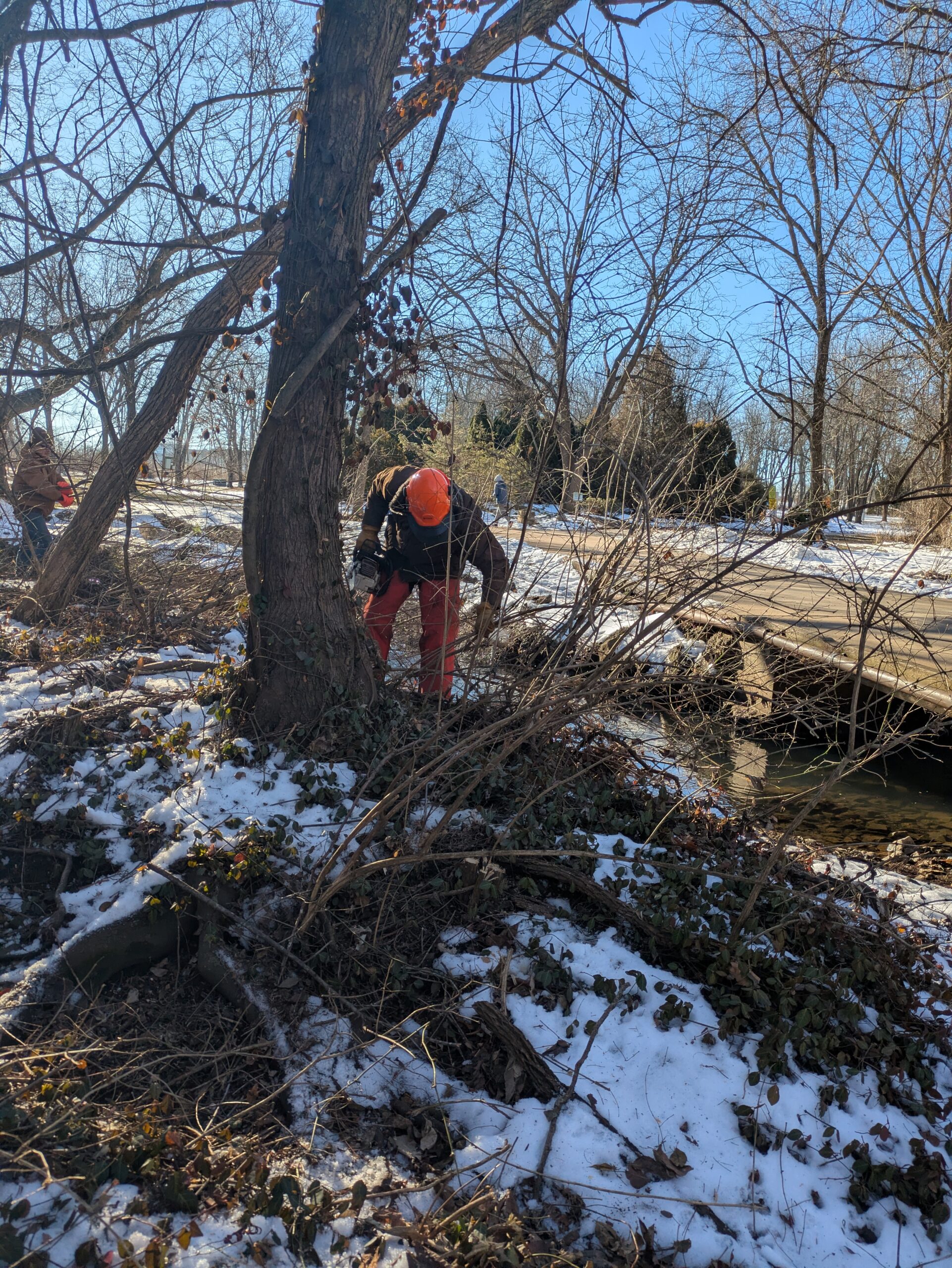
That person was Caleb Sanders, the Conservation Coordinator for the Springfield-Greene County Park Board. If you’ve followed the highly anticipated Lake Springfield Plan, you may already be familiar with his work. But what you may not know is that he’s also leading incredible prairie and riparian restoration efforts at one of Springfield’s hidden gems—Lost Hill Park.
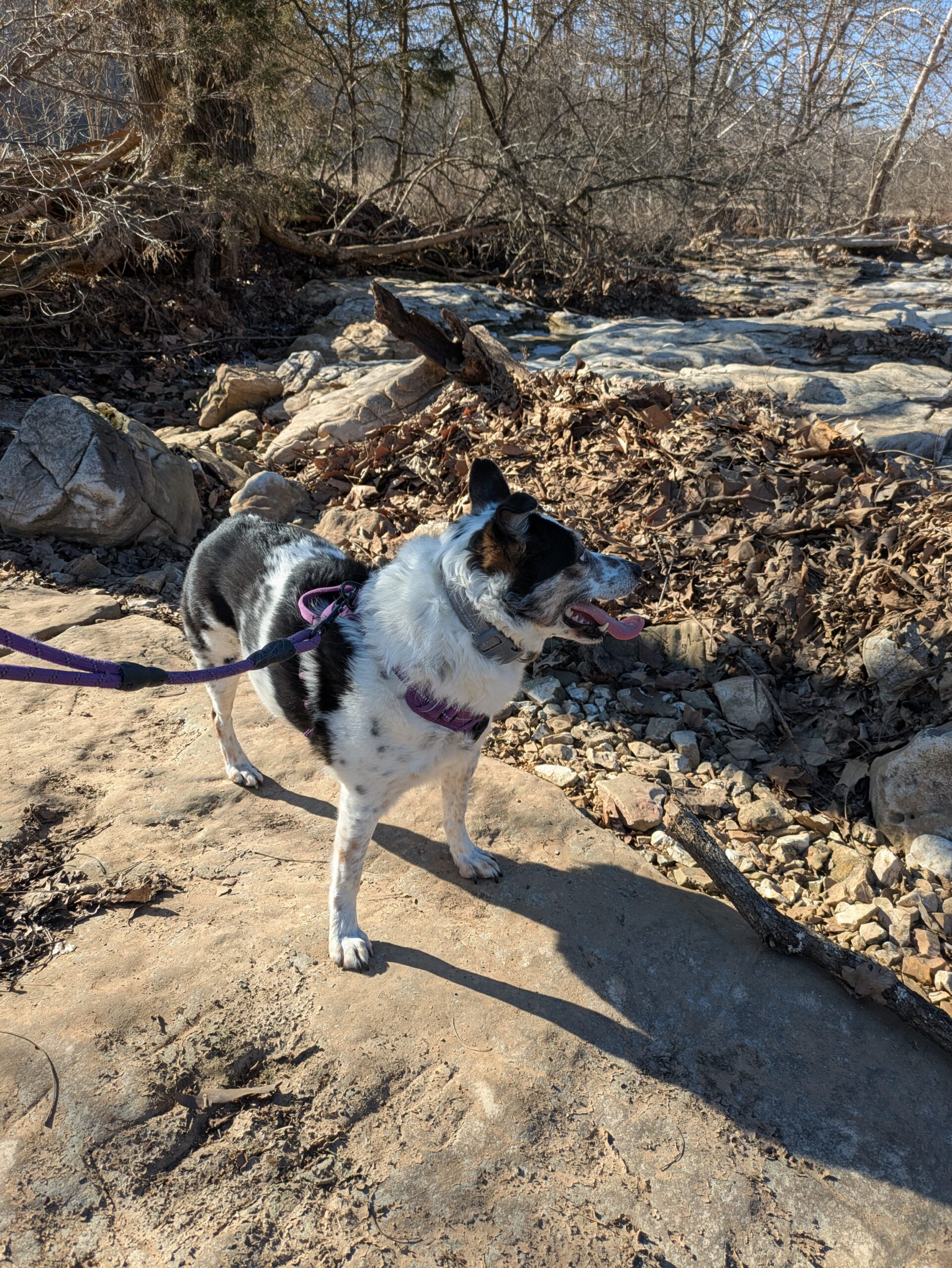
Lost Hill Park: A Geological and Ecological Treasure
Nestled in North Springfield, Lost Hill Park is a stunning natural area marked by unique glades, karst topography, and scenic trails. It also serves as the trailhead for the Fulbright Spring Greenway, making it a great spot for a peaceful walk. But beyond its beauty, Lost Hill Park plays a vital role in conservation. It offers a living classroom where visitors can observe geological formations, erosion patterns, and the impact of agriculture on riparian ecosystems.
Now, thanks to an ambitious restoration project, Lost Hill is undergoing a transformation—one that will return it to the open-canopy prairie it once was, complete with historic oak and hickory species.
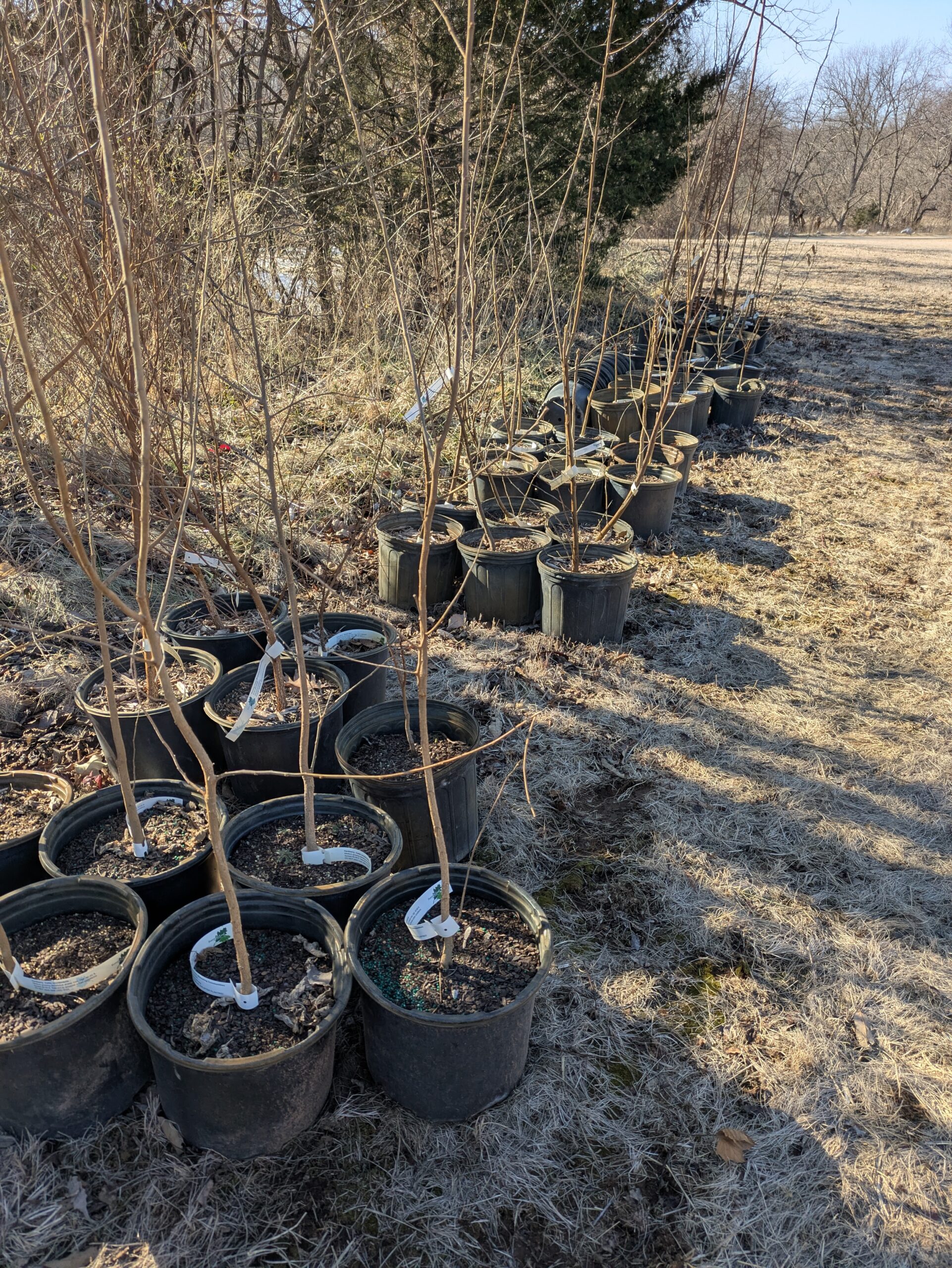
Looking Back 200 Years to Guide the Future
The foundation of this project is an extraordinary historical resource: an 1834 land survey by Elias Barcroft, a surveyor for the U.S. General Land Office. This detailed report documented not only the terrain but also the species, size, and distribution of trees in the area. Researchers at the Missouri Department of Conservation (MDC) used this survey to develop a comprehensive restoration plan, aiming to reintroduce fire-tolerant tree species that once thrived here.
Historically, the landscape of Lost Hill was shaped by natural fires, which allowed fire-resistant trees to grow to massive sizes. However, as the land was converted for agriculture and livestock grazing, fire suppression became the norm. Over time, fire-intolerant and invasive species took over, altering the natural balance of the ecosystem.

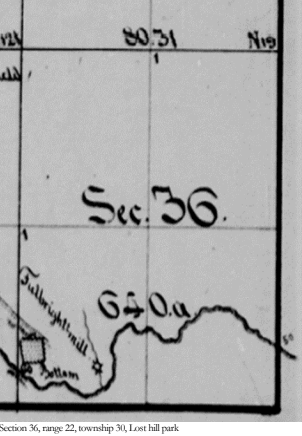
Photos courtesy of: Ashley Schnake/Missouri Department of Conservation (Elias Barcroft survey)
Restoring the Land, Reviving the Ecosystem
For years, parts of Lost Hill Park have been used for hay production, providing feed for animals at Dickerson Park Zoo. While this practice has been an innovative use of public resources, it has also contributed to severe erosion along the Dry Sac River.
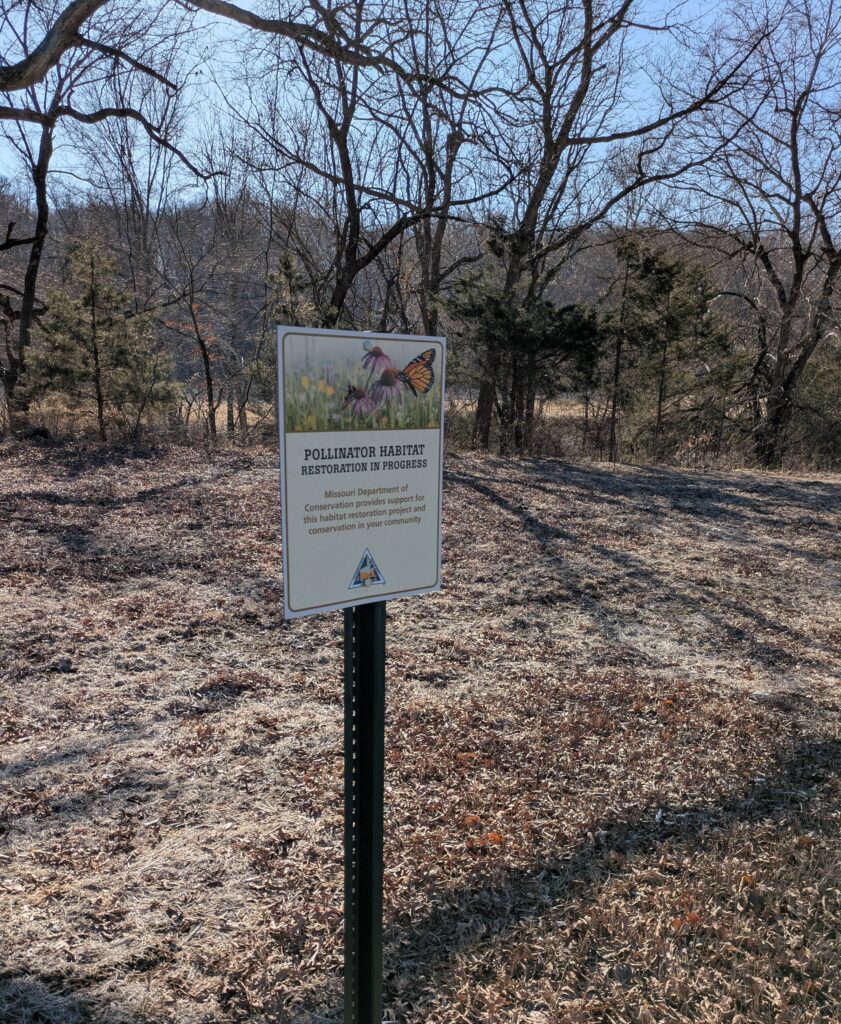
To reverse this damage, Caleb Sanders and the MDC have launched a 15-year rehabilitation plan. Their efforts include:
- Reintroducing Native Plant Species – Restoring the prairie with historically accurate oak and hickory trees, and pollinator and prairie habitat species.
- Prescribed Burns – Utilizing controlled fire to remove invasive species and rejuvenate the soil.
- Invasive Species Removal – Clearing out non-native plants that have taken over the landscape.
- Timber Stand Improvement (TSI) – Carefully selecting trees for removal to encourage the growth of healthier, stronger specimens.
This project is more than just ecological restoration—it’s about reconnecting Lost Hill Park to its natural history and ensuring it remains a thriving habitat for generations to come.
Springfield is fortunate to have passionate conservationists like Caleb Sanders working to protect and restore its wild spaces. If you haven’t yet visited Lost Hill Park, now is the perfect time to explore this remarkable area and witness the early stages of its transformation.
Lost Hill is located about 2 miles North of the fairgrounds/Hillcrest Highschool on Grant Avenue (Farm Road 151).



Photos by: Pollen to Petal (1. Prairie restoration, 2. The Dry Sac as it runs under the Grant/FR 151 bridge 3. Charli and Parker as they explore the river bed)
